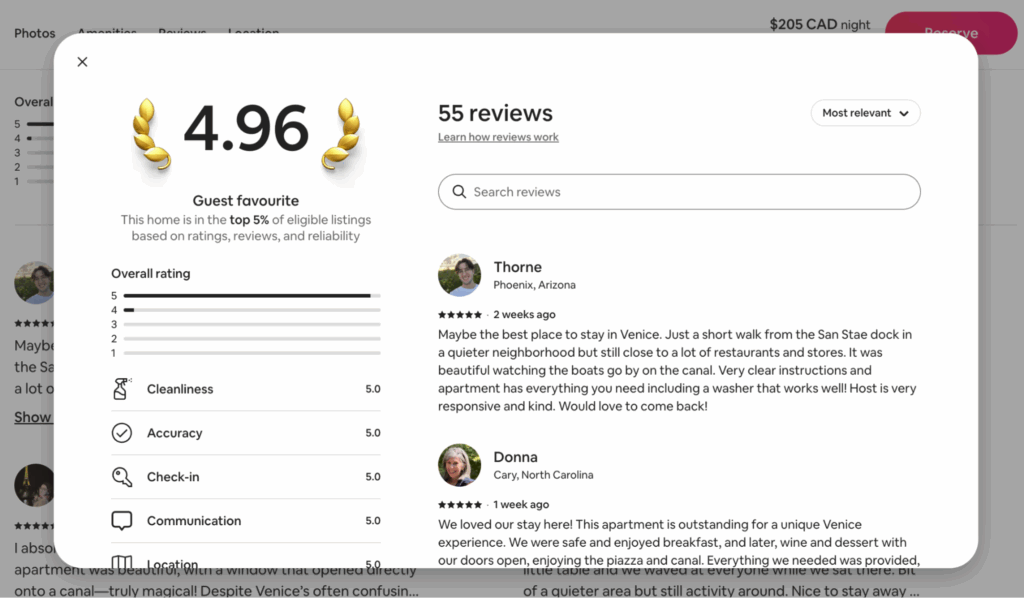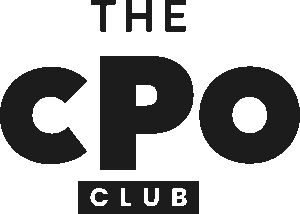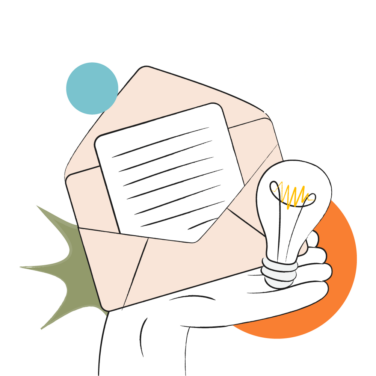UX research helps you understand how people actually interact with your product—what they do, what they struggle with, and why. It employs methods like interviews, surveys, and usability tests to uncover patterns in user behavior.
UX design takes those findings and turns them into interface decisions—layouts, flows, visuals—that shape the product experience.
If your team keeps solving the wrong problems or shipping features that don’t land, it’s worth taking a closer look at where research ends and design begins.
UX Research vs. UX Design: Key Takeaways
Looking for the TL;DR? Here’s the lowdown on UX research and UX design, put plainly:
- UX research involves gathering and analyzing user insights to inform product decisions.
- UX design focuses on creating user-friendly and engaging interfaces based on research findings.
- While UX research uncovers user needs and behaviors, UX design translates those insights into practical design solutions.

Now, let’s dive a little deeper into UX research and UX design, and the most important things to know about each one…
What Is UX Research?
UX research is how you stop designing in the dark. It’s the process of studying user behaviors, needs, and goals—using real feedback, not guesswork—to guide smarter product decisions.
The work relies on a mix of qualitative and quantitative research and user testing, combining methods like user interviews, surveys, usability testing, focus groups, and field studies. These UX research methods help you uncover how your target audience thinks, what frustrates them, and what they’re actually trying to accomplish. That insight powers everything from your information architecture to your UI design.

Done right, research saves you from wasting time polishing features no one wants. It gives your design team a reality check before they dive into mockups, and helps you prioritize based on what your target users actually need—not what stakeholders think they want.
It also supports your business goals. By feeding user insight into every stage of the product development process, you reduce rework, tighten your iterative loops, and increase your chances of building something people care about.
Why is UX research so valuable? As Steve Portigal put it during a recent panel on UX research:
Research isn’t just gathering requests. It’s a creative process that feeds into insights—not just quotes from users, but actual meaning.
UX research lays the foundation for product decisions that hold up in the real world. It helps teams gather data through structured user research, surfacing behavioral patterns you can actually design around. Whether you’re a PM, product designer, or researcher, this step ensures you're solving the right problem from the start.
Tools like personas, journey maps, or even card sorting exercises can help translate raw findings into something actionable. But they’re only useful when they reflect real user feedback, not just assumptions pulled from internal meetings or secondhand market research.
What Is UX Design?
UX design is the process of crafting user interfaces that are both intuitive and engaging, based on insights from UX research. Its primary purpose is to turn research findings into tangible design solutions that enhance user interaction with your product.
That often starts with wireframing, prototyping, and visual design—tools that help shape a clear, logical flow so users can find what they need without getting stuck or distracted.

But good UX isn’t about flash. As UX expert Laura Klein put it during a recent discussion: “You know what I find delightful? When things work.”
Great design respects the user’s time. It removes friction, avoids unnecessary cleverness, and supports the task at hand.
Why is UX design so important? It creates a positive user experience, boosting satisfaction and loyalty. A well-designed product can differentiate you from competitors and drive user engagement.
You know what I find delightful? When things work.
This part of the process often includes refining information architecture, applying best practices in user experience design, and collaborating with developers to bring everything to life. For digital products, that might mean creating mobile-first layouts or optimizing for accessibility over aesthetics.
Expect a cycle: feedback, iteration, and refinement. Think A/B testing, quick prototyping, and incorporating qualitative research into your updates. The goal isn’t to ship perfection—it’s to ship something that learns.
And while design deliverables might look polished, a great product doesn’t come from polish alone. It comes from staying grounded in real users, real use cases, and real constraints.
3 Key Differences Between UX Research and UX Design
UX Research vs. UX Design: What’s the Actual Difference?
| Aspect | UX Research | UX Design |
| Primary Focus | Uncovering user needs, behaviors, and pain points | Creating user-friendly solutions based on those insights |
| Guiding Question | “What problems do users have?” | “How can we solve those problems clearly and intuitively?” |
| Core Activities | Interviews, usability testing, surveys, field studies | Wireframing, prototyping, visual design, interaction flows |
| Tools & Techniques | Diary studies, heatmaps, moderated testing, journey mapping | Wireframing tools, Figma, Sketch, design systems |
| Team Skillsets | Behavioral observation, pattern analysis, stakeholder alignment | Interaction design, UX writing, layout, accessibility |
| Place in Product Development Workflow | Upstream: discovery, validation, and strategy shaping | Mid-to-downstream in the design process: translating insights into functional product experiences |
| Risks When Ignored | Solving the wrong problem; wasted roadmap efforts | Poor usability; feature abandonment; high support volume |
| Output | Research reports, user personas, problem framing | Screens, prototypes, design specs, dev-ready assets |
| What It’s Really About | Building shared understanding across the team | Making that understanding tangible, useful, and usable for users |
To help you compare and contrast, it’s important to understand some of the core differences between UX research and UX design. Here are 3 essential distinctions you need to know:
Focus: User Insights vs. Design Solutions
UX research focuses on gathering and analyzing data about user behaviors and needs. It lays the groundwork for informed design decisions, helping your team address real problems instead of assumptions. UX design, on the other hand, takes those validated insights and turns them into practical, engaging interfaces. It’s where data becomes design, and where user needs become user experiences.
A well-known example? Airbnb’s early host onboarding struggles. When the team realized new users were dropping off before publishing their listings, they didn’t start with UI polish—they went back to the source. Through a mix of qualitative interviews and behavioral data analysis, they discovered a core blocker: new hosts didn’t feel safe or confident enough to complete the process.
Instead of guessing, the team iterated with purpose. They introduced clearer onboarding language, added host testimonials, simplified photo uploading, and clarified trust signals—all changes rooted in user insight and tested through A/B testing and prototyping. The result? A noticeable lift in host signups and listing completions.

Methods: Research Techniques vs. Design Tools
The methods used in UX research, like interviews and surveys, differ significantly from the design tools in UX design, such as wireframing and prototyping. This distinction matters because it highlights the different skill sets needed for each role. While your team might use research methods to gather insights, design tools help visualize and implement those findings into a cohesive product.
Role in Workflow: Foundation vs. Execution
In the workflow, UX research serves as the foundation, providing the insights necessary for informed decision-making. This makes it an essential first step in the process. UX design, however, is the execution phase, where those insights are implemented into a tangible product. Understanding this difference helps you allocate resources and time effectively, ensuring a seamless transition from research to design.
When to Use UX Research and UX Design?
UX research is critical at the start of a project—before the roadmap is locked, before pixels are pushed, and definitely before anyone’s debating button colors. This is when you’re defining the problem space: uncovering what your users need, what they struggle with, and where your assumptions might be completely wrong.
Skipping this step (or rushing through it) is how teams end up designing beautifully useless features. Think: investing weeks into a dashboard no one checks, or building a “smart” tool that solves the wrong problem. Without research, you're designing in a vacuum—and that’s how products flop, not because of bad UI, but because they’re irrelevant.
UX design enters the picture once the real user insights are on the table. This is the translation phase: turning those messy, nuanced behaviors into clear flows, layouts, and interactions. It’s where structure, hierarchy, and visual clarity help users get things done—not just admire your design work.
Done well, the two feed into each other. Research keeps design grounded in reality. Design brings research to life. Confusing or skipping either one usually shows up later as churn, support tickets, or a quiet lack of adoption.
Need to fix a feature no one’s using? Don’t start with design tweaks—start with research. What problem were you solving, and for whom? You might save yourself running back and forth to the drawing board.
What's Next?
Don't forget to subscribe to our newsletter for more product management resources and guides, plus the latest podcasts, interviews, and other insights from industry leaders and experts.



